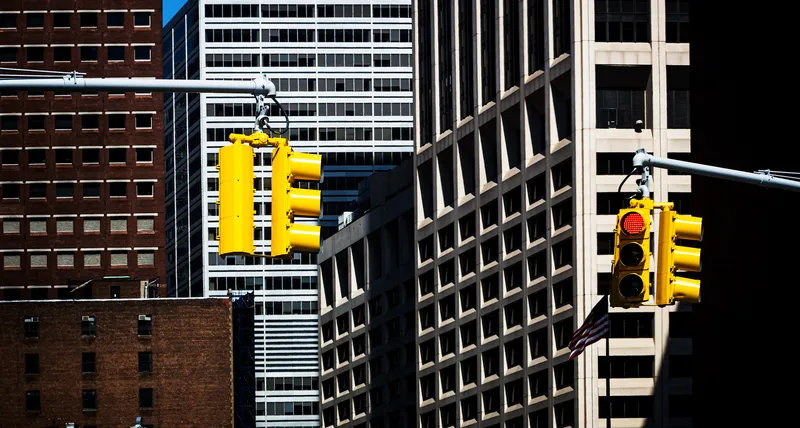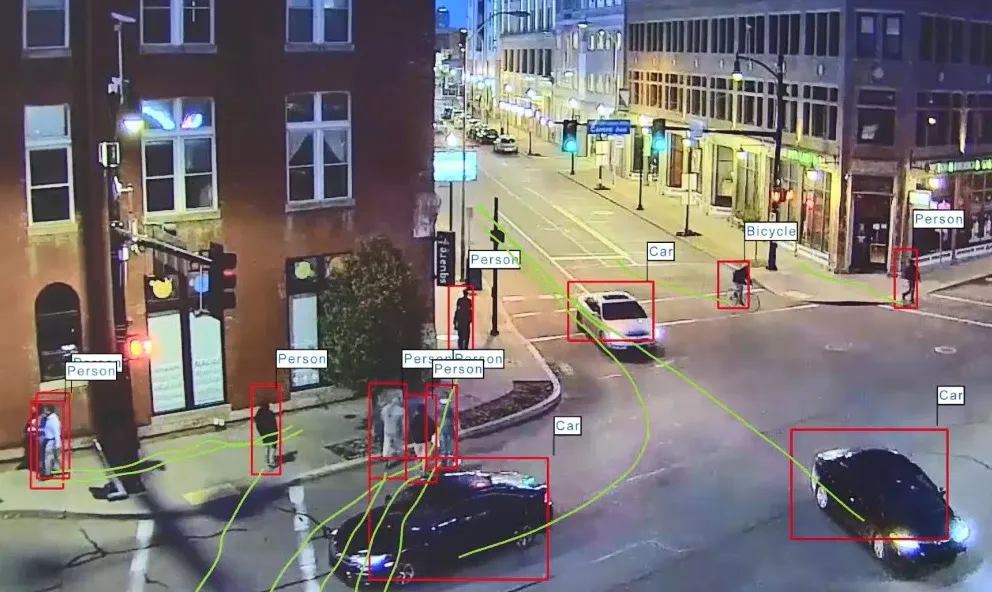UK provider of body worn camera systems Edesix is to showcase the latest in in-car video at this year’s IACP conference in San Diego, along with industry partners Federal Signal.
The in-car video solution utilises six camera inputs, all managed simultaneously by the Edesix-designed dashboard management system, providing officers with an all-encompassing view of their environment; with cameras mounted on the dash, roof, rear and backseat of the car, as well as on the officer’s uniform by way of VideoBadge
October 17, 2016
Read time: 1 min
UK provider of body worn camera systems 7621 Edesix is to showcase the latest in in-car video at this year’s IACP conference in San Diego, along with industry partners Federal Signal.
The in-car video solution utilises six camera inputs, all managed simultaneously by the Edesix-designed dashboard management system, providing officers with an all-encompassing view of their environment; with cameras mounted on the dash, roof, rear and backseat of the car, as well as on the officer’s uniform by way of VideoBadge body worn cameras.
All cameras can be controlled, activated and managed via the dash-mounted touch-screen, and footage reviewed, edited and shared remotely using the Edesix web-based VideoManager footage management system.
The in-car video solution utilises six camera inputs, all managed simultaneously by the Edesix-designed dashboard management system, providing officers with an all-encompassing view of their environment; with cameras mounted on the dash, roof, rear and backseat of the car, as well as on the officer’s uniform by way of VideoBadge body worn cameras.
All cameras can be controlled, activated and managed via the dash-mounted touch-screen, and footage reviewed, edited and shared remotely using the Edesix web-based VideoManager footage management system.








